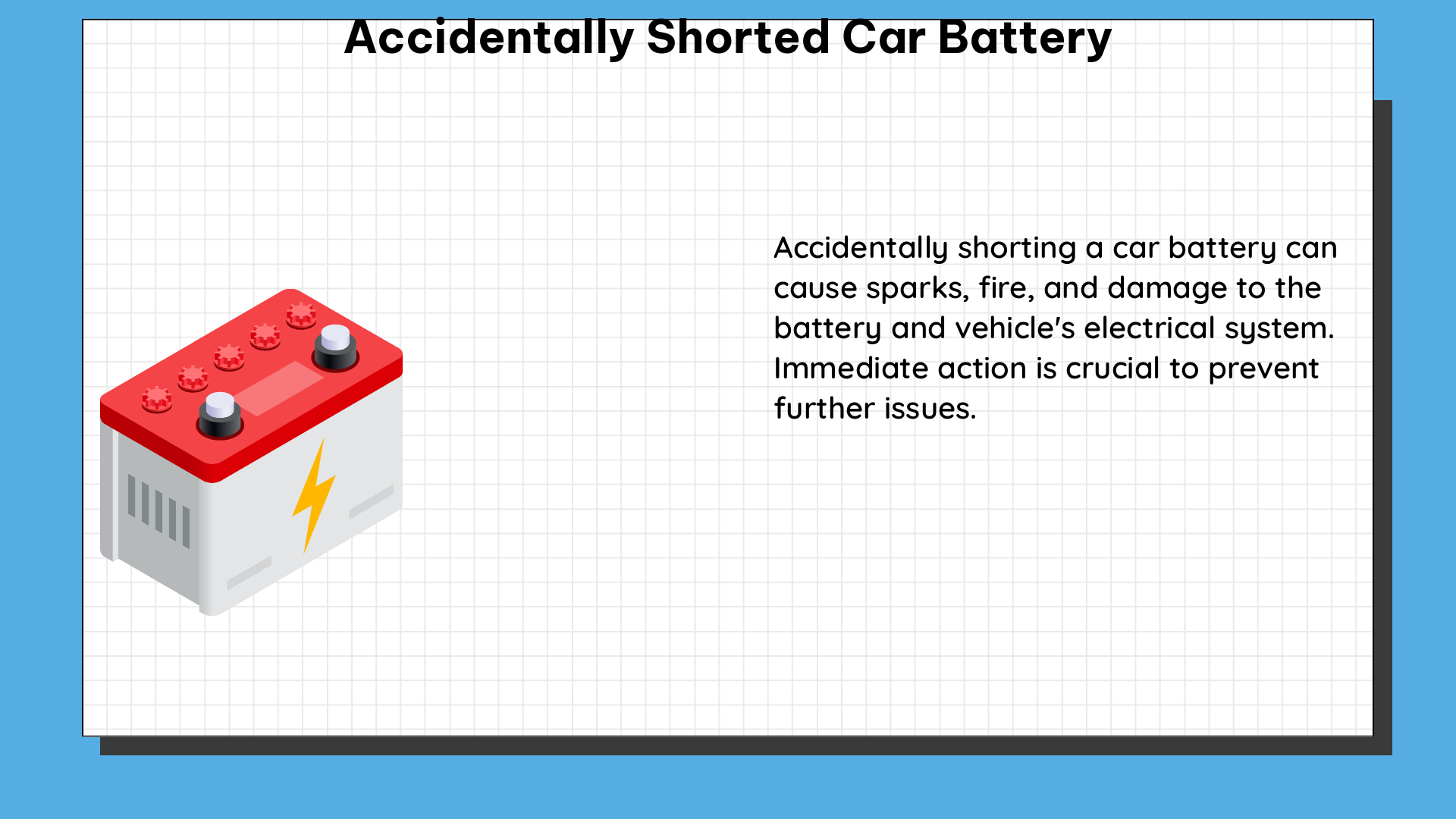When a car battery is accidentally shorted, it can lead to a rapid discharge of the battery, causing a significant drop in voltage. This can have a significant impact on the battery’s performance and lifespan, making it crucial to understand the technical details and proper handling of such a situation.
Understanding the Impact of Accidental Shorting on Car Batteries
Voltage Drop and Capacity Reduction
When a car battery is accidentally shorted, the voltage can drop rapidly. In a typical case, the voltage may drop from around 12.80 volts to approximately 12.55 volts after a brief short circuit. This rapid discharge can reduce the battery’s capacity, which is measured in ampere-hours (Ah).
The capacity of a lead-acid car battery typically ranges from 40 to 100 Ah, depending on the specific model and manufacturer. When a battery is accidentally shorted, its capacity can be reduced, leading to a shorter lifespan and the need for earlier replacement.
Technical Specifications and Considerations
In addition to voltage and capacity, there are other critical technical specifications to consider when dealing with an accidentally shorted car battery:
-
Cold Cranking Amps (CCA): This rating indicates the battery’s ability to start an engine in cold temperatures. A higher CCA rating means the battery can provide more power to turn over the engine in cold weather.
-
Charging System Voltage: When a car is running, the battery’s voltage can rise to around 13.5 to 14.5 volts due to the charging system. This higher voltage helps to recharge the battery and maintain its performance.
-
Battery Type: Most modern cars use 12-volt lead-acid batteries, but some may have different battery types, such as lithium-ion or absorbed glass mat (AGM) batteries, which have their own unique characteristics and requirements.
Diagnosing and Handling an Accidentally Shorted Car Battery

Measuring Battery Voltage
To assess the impact of an accidental short circuit, it’s essential to measure the battery’s voltage. A fully charged 12-volt lead-acid car battery typically has a voltage between 12.6 and 12.8 volts. If the voltage has dropped significantly, it may indicate a problem that needs to be addressed.
Charging and Testing the Battery
In most cases, it is generally safe to charge the battery after a brief short circuit, as mentioned in the references. However, if the short circuit lasted for an extended period, the battery may be damaged and require replacement.
Before reinstalling the battery, it’s crucial to ensure that it is properly charged and tested. This can be done using a battery charger or a multimeter to measure the battery’s voltage and capacity. If the battery is unable to hold a charge or its capacity is significantly reduced, it may need to be replaced.
Preventing Future Accidental Shorting
To prevent future accidental shorting, it’s essential to take precautions when working on or around the car’s electrical system. This includes:
- Disconnecting the battery before performing any maintenance or repairs.
- Ensuring that all electrical connections are secure and free of corrosion.
- Avoiding placing conductive objects, such as tools, near the battery terminals.
- Regularly inspecting the battery and its connections for any signs of damage or wear.
Conclusion
Accidentally shorting a car battery can have a significant impact on its performance and lifespan. By understanding the technical details, such as voltage drop, capacity reduction, and critical specifications, you can effectively diagnose and handle the situation. Remember to always prioritize safety when working with car batteries and take the necessary precautions to prevent future accidental shorting.
References:
– City-Data Forum: Accidentally Shorted Car Battery
– Electronics Stack Exchange: Accidental Short Circuit of Lead-Acid Battery
– Mechanics Stack Exchange: Can Short Circuit During Jump Start Damage the Vehicle?

The lambdageeks.com Core SME Team is a group of experienced subject matter experts from diverse scientific and technical fields including Physics, Chemistry, Technology,Electronics & Electrical Engineering, Automotive, Mechanical Engineering. Our team collaborates to create high-quality, well-researched articles on a wide range of science and technology topics for the lambdageeks.com website.
All Our Senior SME are having more than 7 Years of experience in the respective fields . They are either Working Industry Professionals or assocaited With different Universities. Refer Our Authors Page to get to know About our Core SMEs.